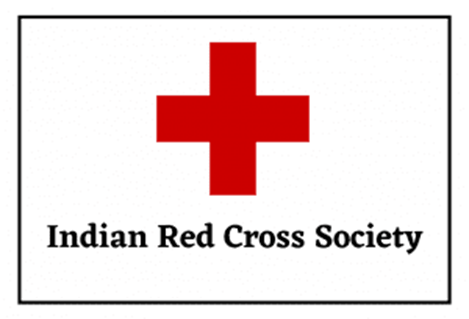Red Cross
RED CROSS
The Red Cross came into being at the
initiative of a man named Henry Dunant, who helped wounded soldiers at the
battle of Solferino in 1859 and then lobbied political leaders to take more
action to protect war victims. His two main ideas were for a treaty that would
oblige armies to care of all wounded soldiers and for the creation of national
societies that would help the military medical services .
Dunant put down his ideas
in a campaigning book, A Souvenir of Solferino, published in 1862. The Public
Welfare Committee in his home town of Geneva took them up and formed a working
group . In August 1864, delegates from a dozen countries adopted the first
Geneva Convention, which put a legal framework around these decisions and made
it compulsory for armies to care for all wounded soldiers, whatever side they
were on .
Dunant died in 1910. By
then, in Europe, North and South America, Asia and Africa, the Red Cross and
the Geneva Conventions had taken root. Both were to be put to a severe test
during the First World War .
On 24 June 1859, during the War of
Italian Unification, Franco-Sardinian forces clashed with Austrian troops near
the small town of Solferino in northern Italy. On that day, a Swiss
businessman by the name of Henry Dunant was in the area to meet Napoleon III on
a business matter. On the evening of the battle, Dunant arrived in the village
of Castiglione, where more than 9,000 wounded had taken refuge. Thousands lay
unattended in the main church, the Chiesa Maggiore . For
several days, Dunant and the local women gave them water, washed and dressed
their wounds and handed out tobacco, tea and fruit. Dunant remained in
Castiglione until 27 June and then set out again, returning to Geneva on 11
July. He was beset by financial difficulties, but could not forget what he had
seen, and in 1862 he published a work entitled A Memory of Solferino. In this book, he described the battle and the wounded of
the Chiesa Maggiore , concluding with a question: "Would
it not be possible, in time of peace and quiet, to form relief societies for
the purpose of having care given to the wounded in wartime by zealous, devoted
and thoroughly qualified volunteers?" It was this question that led to the
founding of the Red Cross. He also asked the military authorities of various
countries whether they could formulate "(...) some international
principle, sanctioned by a convention and inviolate in character, which, once
agreed upon and ratified, might constitute the basis for societies for the
relief of the wounded in the different European countries?" This second
question was the basis for the Geneva Conventions .
On 9 February 1863,
he presented the conclusions of Dunant's work to his society, which established
a five-member committee to study the author's proposals . This committee, which
comprised Moynier, Dunant, General Guillaume-Henri Dufour, Dr Louis Appia
and Dr Théodore Maunoir, was initially called the International Committee for
Relief to the Wounded . the International Committee of the Red Cross (IC RC).
It met for the first time on 17 February 1863. From the outset it saw that the
volunteers envisaged by Henry Dunant could act effectively, without risking
rejection by officers and soldiers .
Henry Dunant, who was born in Geneva
on 8 May 1828, came from a devout and charitable Calvinist family . Henry
Dunant died on 30 October 1910. The date of his birth, 8 May, is celebrated as
World Red Cross and Red Crescent Day .
American Red Cross
“You must never think of anything except the need, and how
to meet it.”
Clara Barton
Born December 25, 1821, in North Oxford,
Massachusetts, Clara Barton was the fifth child of Stephen and Sarah Barton.
After an early career in teaching, Clara moved to Washington, D.C., and worked
at the U.S. Patent Office. She was one of the first women to work for the
federal government . On May 21, 1881, Clara founded the American Red Cross, and
by 1882, the U.S. ratified the Geneva Conventions .
Indian Red Cross Society
The Indian Red Cross's programmes are grouped into four main
core areas:
·
Promoting humanitarian
principles and values;
·
Disaster response;
·
Disaster preparedness;
and
·
Health and Care in the
Community.
The Indian
Red Cross Society is a voluntary humanitarian organisation with a network of
more than 1100 branches & units throughout the country, providing relief in
times of disasters/emergencies and promoting a range of long-term services in
areas such as health & care, disaster risk reduction, social inclusion,
youth and volunteering .
Thank
you for read & please comment your
opinion
With
the best wishes of
Suvendu
Singha (India , Odisha , Balasore )











Comments
Post a Comment